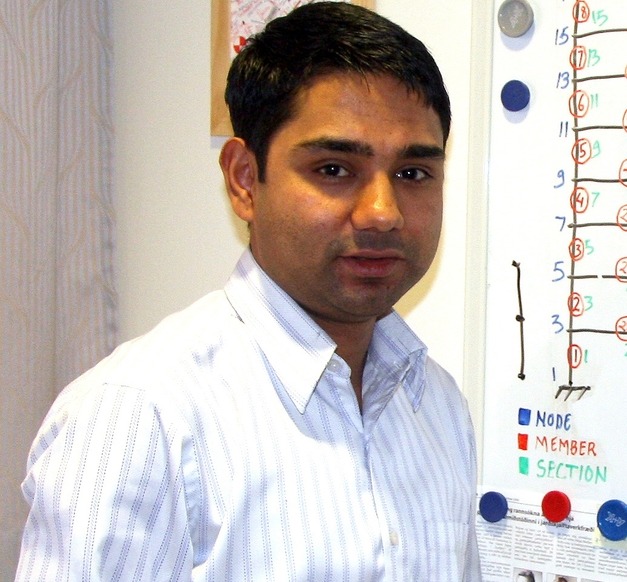“I’ve been fascinated with earthquakes since I did my undergraduate study in geology in Nepal,” says Dr. Rajesh Rupakhety, who completed his PhD in August 2010 in Civil and Environmental Engineering.
The name of his dissertation is entitled Contemporary Issues in Earthquake Engineering Research: Processing of accelerometric data, modelling of inelastic structural response and quantification of near-fault effects.
As a graduate student in earthquake engineering and engineering seismology in Italy and Greece, he gained some insight into these fields.
Rupakhety did a part of his PhD study at the Earthquake Engineering Research Centre in Selfoss, where he studied under Professor Ragnar Sigurbjornsson, who at the time was looking for a PhD student. Sigurbjornsson heads the Earthquake Engineering Research Centre in Selfoss.
Rupakhety is convinced that many scientists and researchers who work with strong-motion records are going to benefit from his research. “The consequences of my studies to the community will be more apparent in the long run. One primary objective of all earthquake engineers is to make sure that engineered structures are designed in such a manner that there is no loss of human life due to damage to structures caused by possible future earthquakes.”
This wide area of research involves people from diverse fields. “My aim is to contribute to this novel effort. I’m planning to teach in the future, so I believe the knowledge and the experience I’ve gained through my research will transferred to students.”



